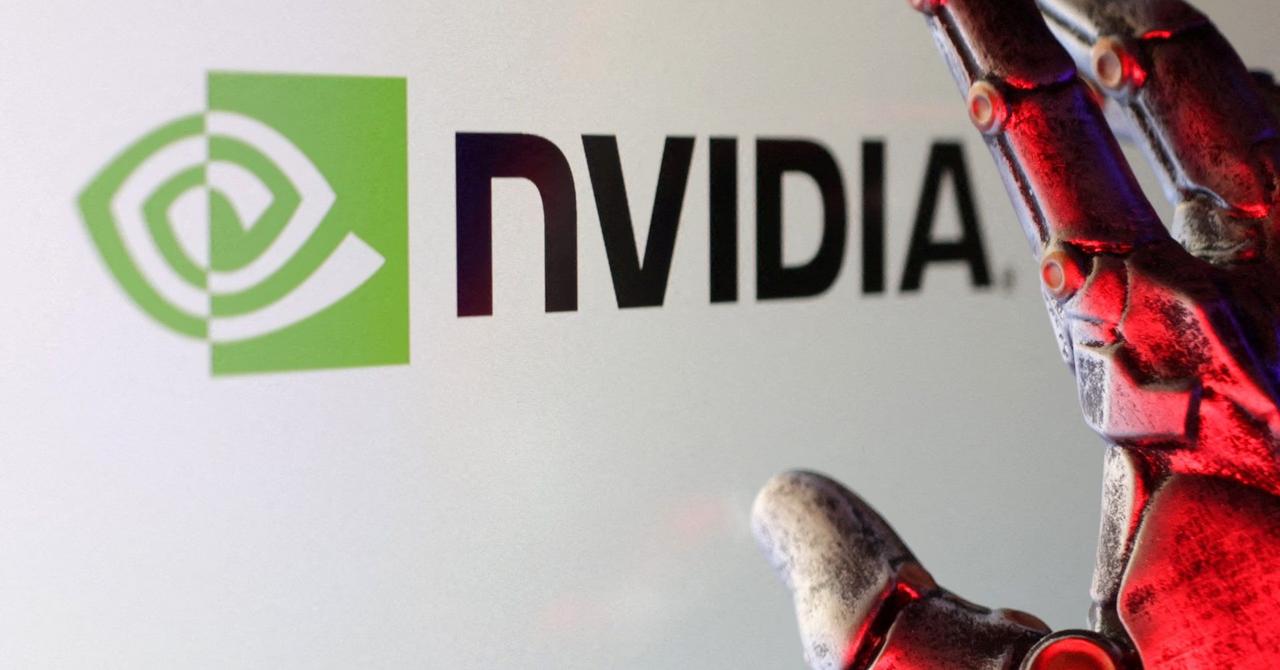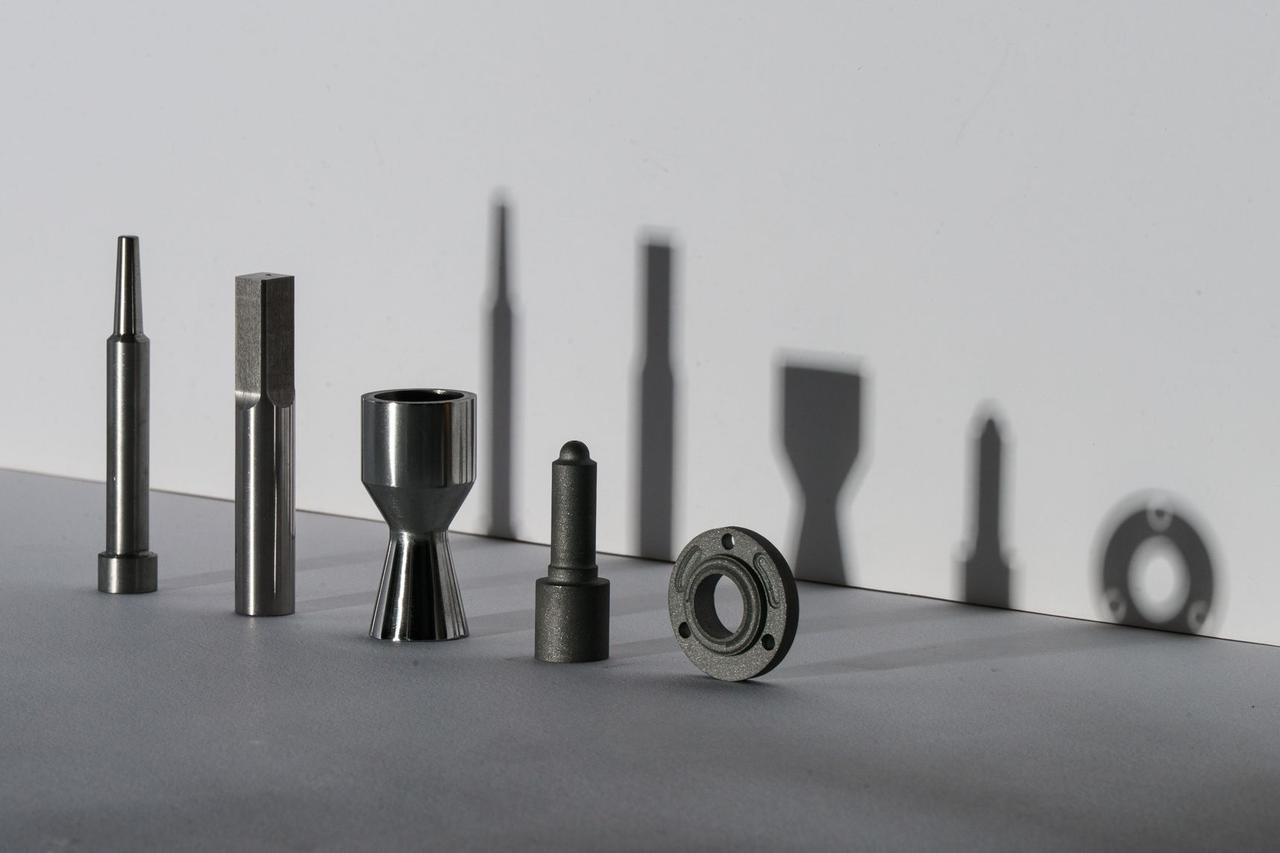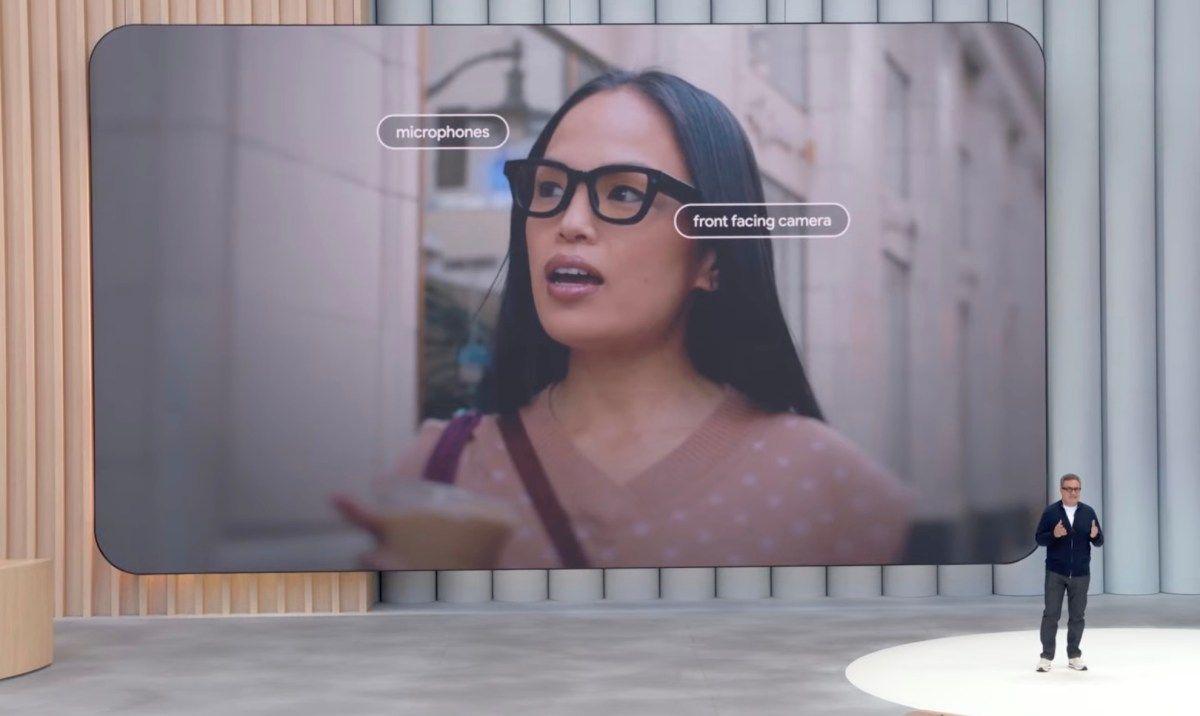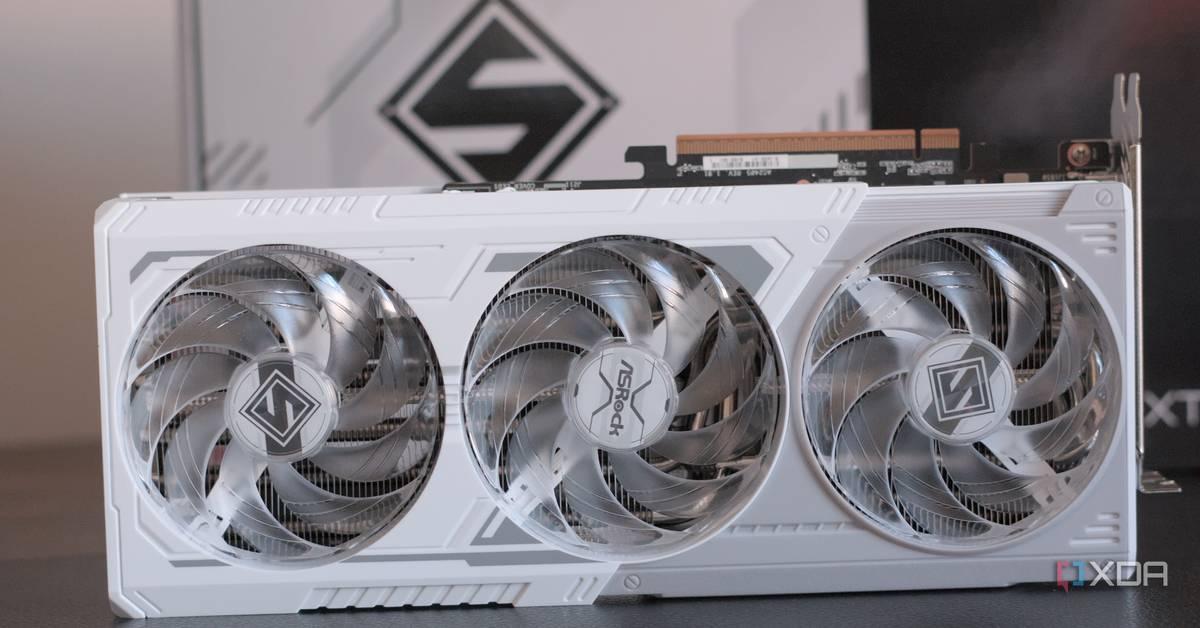Freeform Secures $14M to Revolutionize Metal 3D Printing with AI-Powered Technology
2 Sources
2 Sources
[1]
Freeform raises $14M to build an AI-powered 3D printing factory - SiliconANGLE
Freeform Future Corp., a startup developing 3D printers for producing metal parts, today announced that it raised $14 million in funding. The capital came from Nvidia Corp.'s NVentures fund and Boeing Co.'s AE Ventures. Besides providing funding, the two companies will also provide Freeform with other resources such as graphics cards. The startup previously raised $45 million from a group of venture capital firms. Metal objects such as car engine components are mainly made using so-called CNC machines, which are essentially large power tools controlled by a computer. In some industries, manufacturers are also adding 3D printers to their production lines. Such systems require less work to set up than a CNC system and are better at producing certain types of small, complex metal components. At the same time, 3D printers also introduce a new set of challenges. They require specialized expertise to use and produce parts at a relatively slow pace. As a result, adoption of 3D printers remains limited among manufacturers. Hawthorne, California-based Freeform hopes to make the technology a more practical choice for producing metal parts. The company develops 3D printers powered by artificial intelligence software. According to the company, its AI analyzes metal parts while they're being produced to ensure they don't contain any faults. Freeform runs the software on not only graphics cards but also FPGAs, or field programmable gate arrays. Those are programmable chips that a company can optimize for a specific program to speed up that program. A manufacturer, for example, can configure its FPGAs to run the software that coordinates its production lines. Industrial 3D printers produce parts in an internal chamber filled with metal powder. During manufacturing, this powder is melted by a laser or an electron beam generator. The heat causes the metal particles to coalesce into a single object with a structure specified by the customer. After the initial batch of metal powder is processed, 3D printers can add more layers on top and repeat the workflow. Support structures made of the same metal as the powder are sometimes added to streamline the process. This technique makes it possible to produce parts with highly elaborate shapes. Some 3D printers implement a different manufacturing approach. Instead of melting the metal powder, they use an adhesive liquid to turn it into a single mass. They then remove unnecessary material and shape the remainder into the form specified by the customer through a combination of pressure and heat. Instead of selling its 3D printers, Freeform deploys them in an in-house factory that provides contract manufacturing services. Customers can order custom components without having to learn how to operate a 3D printer fleet. Additionally, they can avoid the upfront expenses associated with purchasing such hardware. Freeform works with organizations in the aerospace, automotive, industrial and energy sectors. The company says that it can produce thousands of parts per day for customers.
[2]
Exclusive: Ex-SpaceX engineers land $14M to scale new method for 3D printing metal
3D printing objects using metal is a well-established technique, but it tends to be too complex, expensive, or imprecise to match traditional methods at scale. Armed with $14 million from Nvidia and Boeing, Freeform aims to change that, building a new metal additive printing process that they say changes the game -- and yes, there's an AI angle too. Co-founders Erik Palitsch (CEO) and TJ Ronacher (President) both worked at SpaceX, where they were principal architect and lead analyst of the Merlin engines and other programs. While there, they saw the potential of 3D printing parts using metal, but also experienced the method's shortcomings firsthand. "We saw the potential of metal printing; it has the potential to transform basically basically any industry that makes metal things. But adoption has been slow and success has been marginal at best," said Palitsch. "Why is it not practical to use at scale? Fundamentally, because of three things: crappy and inconsistent quality; speed -- commercial printers are very slow; and cost -- the price for these printers is astronomical." They concluded that if they could operationalize the process to provide a printing service rather than sell a printer, they could crack the whole thing wide open. So they joined up with Tasso Lappas, former CTO of Velo3D, to start Freeform. The primary mistake companies were making was using the likes of CNC machines, which are commonly used in traditional manufacturing, as a model for the metal-printing business. In that case, you sell the machine and its software, and make it work with whatever shapes and processes you use. But metal additive is different, Palitsch said. "The way these things work today is they're 'open loop' -- they're basically playing back a file," he explained. "They needed to be smarter than that, because the process by which you melt metal powder with a laser is extremely complicated, and in a way infinitely variable." Selling people a machine and saying "become an expert to make it work, good luck" isn't a recipe for success. "But when you decide you're not going to build and package a printer into a box, when you have the freedom to build an automated factory from clean sheet, there's a lot you can do," Palitsch said. Their solution is to provide printing as a service using a closed-loop process in a custom machine that monitors the print on a microsecond scale, adjusting various factors to achieve the kind of print that is expected at a workplace like SpaceX. The company has plenty of tech advances to boast of, but the two most immediately relevant are the feedback loop and the AI that manages it. "We have high-speed computer vision feedback on our system that runs at microsecond scale, and all that data is being processed on state of the art FPGAs and GPUs. We had to build this whole stack ourselves out of stuff that's only become available in the last few years," said Palitsch. The closed-loop system with real-time monitoring mitigates the quality issues while still allowing speedy printing of complex geometries. And by operating as a printing service, they keep the business model simple. But making that part of the system work required the second tech breakthrough: a machine-learning model fast enough and expert enough to actually perform that monitoring. "Erik and TJ lived this and reached the same conclusions, that his industry required a level of compute and sensors that no one had ever deployed before," said Lappas. "To properly understand how to control the process, we needed datasets working at timescales that no one had. So we started building a state of the art telemetry system, a platform that would collect curated, controlled, almost self-labeled datasets." This data allowed them to bootstrap a model to generate more data for a better model, and so on. But then they ran into the necessity of speed. "There's a lot we have in common with generative models, and a lot we don't. But one thing that's absolutely different is the latency. Our inference needs to happen in microseconds so that we can close the loop on these processes," Lappas explained. With no off-the-shelf solution available for the data or the compute, they had to build the GPU/FPGA "AI on steroids" combo from scratch. A consequential side effect: Freeform is "building the largest metal additive dataset in the world -- that's why companies like Boeing are coming to us. We have this fundamental, core data collection and processing ability no one else has." Add that to the fundamental benefits of printing-based manufacturing, like the agility and versatility of factories, and makes a pretty compelling business case. Boeing's AE Ventures and Nvidia invested a total of $14 million, though they declined to break that down further. Each company's investment comes with perks: Nvidia gives them access to H100s and other compute hardware, while Boeing will shepherd them through the supplier qualification process and likely buy a bunch of parts. (Freeform will also join Nvidia's Inception startup program.) Palitsch said they have customers in the aerospace, automotive, industrial, and energy sectors, "the whole nine." They declined to put any on the record, but did mention they're making everything from rocket engine components to exhaust parts for Formula 1 cars. They plan to use the money to scale up, build out their next generation of (much faster) printers, and hire up to around 55 people total over the next year. He admitted that their approach has taken time to grow from theory to reality, but that their methodical, technical approach is also what enabled their success. "It was a slow transition," Palitch said. "But I look back at it... with six people, we built, from scratch, the fastest laser melting platform on the planet, and the hardware and software for it. We did things people said you couldn't do."
Share
Share
Copy Link
Freeform Future Corp., led by ex-SpaceX engineers, raises $14 million from Nvidia and Boeing to scale its AI-driven metal 3D printing technology, aiming to transform manufacturing across multiple industries.

Freeform Raises $14M for AI-Powered Metal 3D Printing
Freeform Future Corp., a startup developing advanced 3D printers for metal parts production, has secured $14 million in funding from Nvidia's NVentures fund and Boeing's AE Ventures
1
2
. This investment brings the company's total funding to $59 million, following a previous $45 million raise from venture capital firms.Revolutionary Approach to Metal 3D Printing
Freeform's technology aims to address the limitations of traditional metal manufacturing methods and current 3D printing techniques. The company's approach combines artificial intelligence, high-speed computer vision, and a closed-loop process to produce high-quality metal parts at scale
2
.AI-Driven Quality Control and Optimization
At the core of Freeform's innovation is an AI-powered system that analyzes metal parts in real-time during production. This technology utilizes a combination of graphics cards and field-programmable gate arrays (FPGAs) to process data at microsecond timescales, ensuring precise control and fault detection
1
2
.Unique Business Model
Unlike traditional 3D printer manufacturers, Freeform operates an in-house factory providing contract manufacturing services. This approach allows customers to order custom components without the need for specialized expertise or significant upfront investments in hardware
1
.Ex-SpaceX Expertise
Freeform's co-founders, Erik Palitsch (CEO) and TJ Ronacher (President), bring valuable experience from their time at SpaceX, where they worked on the Merlin engines and other critical programs. Their firsthand experience with the limitations of existing metal 3D printing technologies inspired the creation of Freeform
2
.Industry Applications and Potential Impact
Freeform's technology has applications across various sectors, including aerospace, automotive, industrial, and energy. The company claims to be capable of producing thousands of parts per day, ranging from rocket engine components to Formula 1 car exhaust parts
1
2
.Related Stories
Technological Advancements
Key innovations driving Freeform's success include:
- A closed-loop process with real-time monitoring at microsecond scales
- Custom-built AI models capable of ultra-fast inference
- A state-of-the-art telemetry system for collecting and processing vast amounts of data
2
Strategic Partnerships
The investments from Nvidia and Boeing come with additional benefits. Nvidia is providing access to advanced computing hardware, including H100 GPUs, while Boeing will assist Freeform in navigating the supplier qualification process
2
.Future Plans
With the new funding, Freeform plans to scale up operations, develop next-generation printers with increased speed, and expand its team to approximately 55 employees over the next year
2
.Potential Industry Disruption
Freeform's approach to metal 3D printing has the potential to transform manufacturing processes across multiple industries. By addressing key challenges such as quality consistency, speed, and cost, the company aims to make metal 3D printing a more practical and widely adopted technology for producing complex metal components
1
2
.References
Summarized by
Navi
Related Stories
Backflip Unveils AI-Powered 3D Design Platform, Raises $30M in Funding
20 Dec 2024•Technology

Rescale Secures $115 Million in Funding to Accelerate AI-Driven Engineering Simulations
08 Apr 2025•Technology

MIT Spin-off Foundation Alloy Revolutionizes Metal Manufacturing with AI-Compatible Technology
03 Jul 2025•Technology

Recent Highlights
1
AI Chatbots Sway Voters More Effectively Than Traditional Political Ads, New Studies Reveal
Science and Research

2
Google AI glasses set to launch in 2026 with Gemini and Android XR across multiple partners
Technology

3
EU Launches Antitrust Probe Into Google's AI Training Practices and Content Usage
Policy and Regulation




